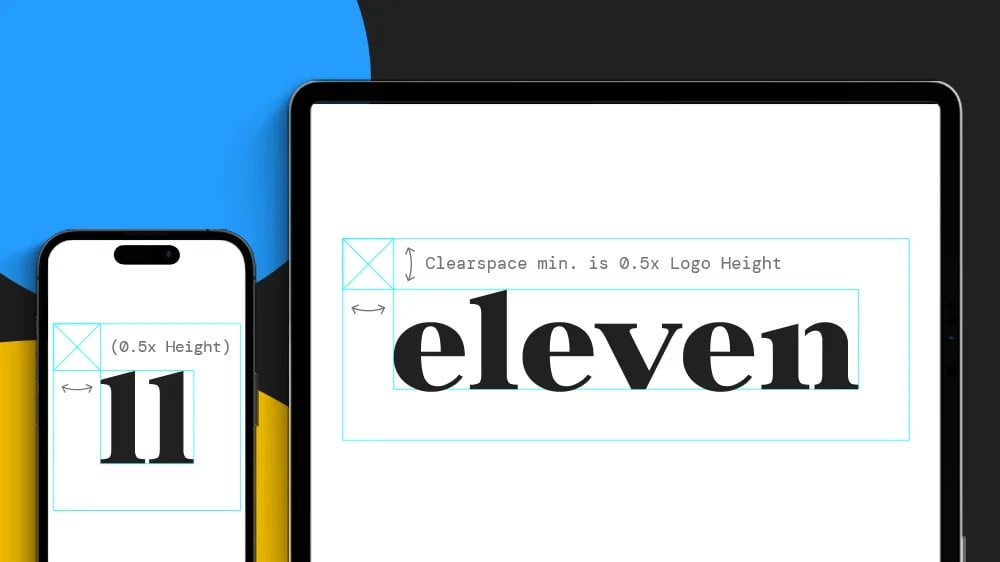Jump to section
- Share as much relevant information as you can
- Treat the agency like an extension of your team
- Try to avoid adding comments in handwriting
- Track your changes
-
Don't leave internal conversations and
questions in your supplied amends - Avoid sending changes in lots of small batches
- Trust the professionals
Treat the agency like an extension of your team
Try to avoid adding comments in handwriting
9 times out of 10, handwriting is quite difficult to read and a fair amount of time can be spent by the marketing agency trying to interpret it. This can often lead to mistakes being made, creating frustrations for both the client and the agency. It's best to provide any amends typed up exactly as you want them (e.g. capitals, punctuation) to save any potential confusion for your agency during the amends process.
Track your changes
Marking up a PDF or adding tracked changes to a word document is often the most straightforward way of communicating your changes with a designer or copywriter. These are the most usable formats for both parties and also ensures that any changes you would like to make are communicated in the clearest and most understandable way. If you're unable to mark up a PDF then adding comments to a Word document including references to which page in the PDF they refer to is a great alternative.
You can find further advice on marking up a PDF document here, and information on adding tracked changes to a Word document here.
Don't leave internal conversations and
questions in your supplied amends
Avoid sending changes in lots of small batches
Trust the professionals
Surrendering a project that is close to your heart can be daunting. As a marketing agency to purpose-driven organisations, we regularly come into contact with projects of this nature and building trust is crucial. Once you have discussed your brief and given a clear direction, trust in your marketing agency’s expertise to deliver the right solution that answers your needs.
If you have a creative project that you’d like to discuss with us, get in touch with a member of our team and we’d be happy to help.
Originally published:
December 16, 2020
Updated:
August 15, 2023





